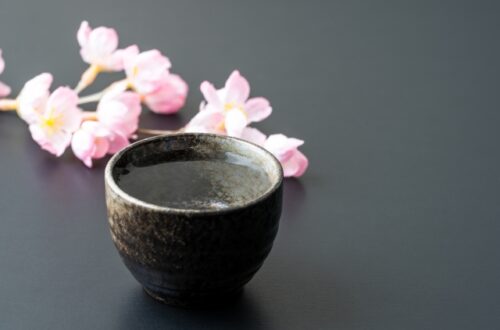
How to enjoy the spiciness and flavor of wasabi more
Have you ever grated japanese wasabi and ate it? The taste is completely different from the wasabi in the tube.
Wasabi has the hot flavor to stimulate the nose
That scent is an ingredient called isothiocyanate.
Wasabi has an antibacterial effect against Escherichia coli and eliminates fishy odors.
Furthermore, it has recently been found that it has the effects of increasing appetite, preventing blood clots, and suppressing the growth of cancer cells.
Most of the wasabi in the tube is horseradish
Most of the commonly used tube wasabi is made from horseradish. Horseradish is white and has a more pungent taste than Japanese wasabi.
Let’s try Japanese wasabi!
When you actually grate it and eat it, you will find a rich scent that is strong in a soft and gentle scent, not the strong scent that comes to your nose like that tube wasabi.
The conditions for growing wasabi are strict
You may have heard that the environment in which wasabi grows is very limited. The water is clean and it always grows in the mountains at 8 to 15 ° C.
However, it is very rare because it may not grow even in such an environment and it takes two years to harvest.
That’s why Japanese wasabi is expensive.
How to grate wasabi to enjoy its deliciousness and aroma
When you grate wasabi, use a finer grater instead of grated radish, and grate slowly as if drawing an edge.
This is because the more you touch the air, the more spicy and fragrant it becomes.
If you want to enjoy the aroma more, sprinkle sugar or lemon juice on the grater. (The osmotic pressure can bring out more spiciness.) Furthermore, the aroma becomes deeper by grated and then tapped with a kitchen knife.
By the way, for wasabi, take the upper stem part by hand, peal off the skin only on the grated part with a kitchen knife, and grate it from the top. Not from the bottom.
The dish that made wasabi is here.
(The image is Enjoy freshly grated Wasabi! japanese yam with Wasabi)




